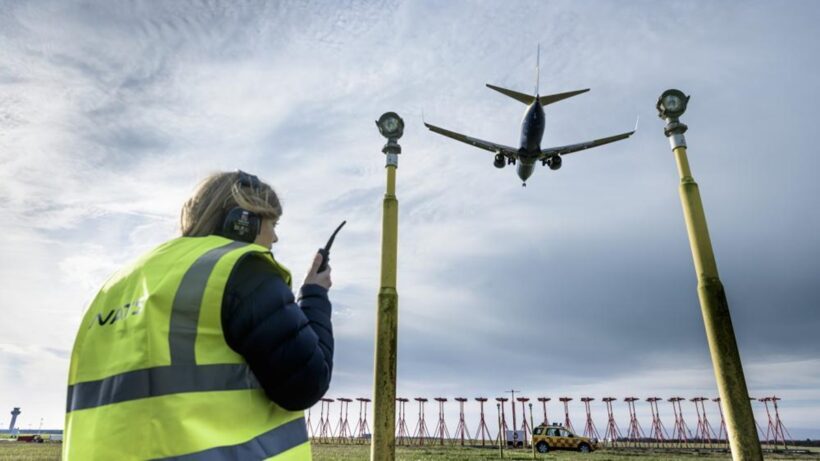Electric airplanes have become very common in recent years and have developed in the twenty first century into small unmanned aerial vehicles, also known as UAVs or drones which have been used widely around the world for different purposes.
In May 2018, about three years ago, consulting firm Roland Berger counted about 100 electric aircraft, which are majorly general aircraft and urban air taxis in development by different companies from different organisations, ranging from governments to academic organisations and non-aerospace companies from Europe and the United States of America.
These aircraft are planned to be battery-powered or hybrid-electric in their functioning. The number of aircraft in development increased to 170 in just one year, and this number was expected to increase even further as more organisations aimed at filling the urban air taxi’s role.
The X-57 Maxwell is a small experimental airplane developed by NASA’s project, the Leading-Edge Asynchronous Propeller Technology, LEAPTech that will be powered by electricity.
The electricity-run airplane works solely with electric power, making it clean to use and running it on efficient and reliable power.
The aircraft was designed with an electric propulsion system, making it an upgrade on the Italian Tecnam P2006T aircraft. The airplane runs on rechargeable Lithium-ion batteries, and the goal behind designing the airplane is to demonstrate the overall usability of electric planes over gas powered ones due to their environmentally friendly nature and efficiency over the regular gas piston-engines.
The X-57 Maxwell was in fact, a gas-powered twin engine Tecnam P2006T General Aviation four-seater light aircraft until the decision to carry out significant upgrades on it was reached.
Several features of the original aircraft have undergone remodelling to make them more suitable for electric power, including the wing of the aircraft which was reduced by around 42% to reduce drag, and propellers were attached to the tips of the wings to reduce wing-tip vortex at cruise to a significant extent.
The aircraft is designed to use a significant high power distributed electric propulsion, with up to 14 motors and propellers being used by the plane, and these are to be powered by a 460-volt battery.
The Velis Electro variant of the Pipistrel Virus aircraft is a two seat electric aircraft that runs on a 76-horsepower engine.
In June 2020, it became the first ever electric aircraft to secure type certification, and Pipistrel intends to deliver more of the same aircrafts to be used as trainer aircrafts. These are just few of the examples of electric planes which have gained prominence recently.
At present, electric aircrafts have several disadvantages when compared to the regular gas-powered ones, especially in terms of their payload, range, and endurance, thus making it suitable for only small aircraft.
It however provides cleaner, less noisy option for the environment and saves on aviation fuel, making it a good option for use in training pilots.
The best bet towards improving and speeding up the development of electric aircraft is to make larger batteries, and by all indications, this will be achieved very soon.
Laila Azzahra is a professional writer and blogger that loves to write about technology, business, entertainment, science, and health.
